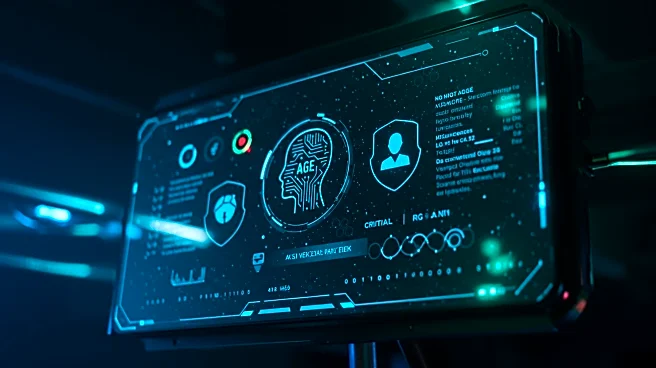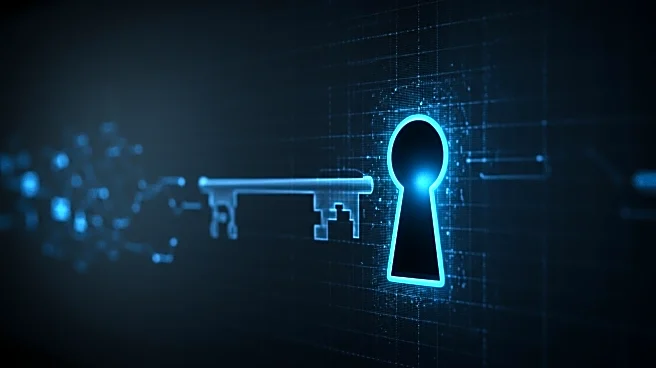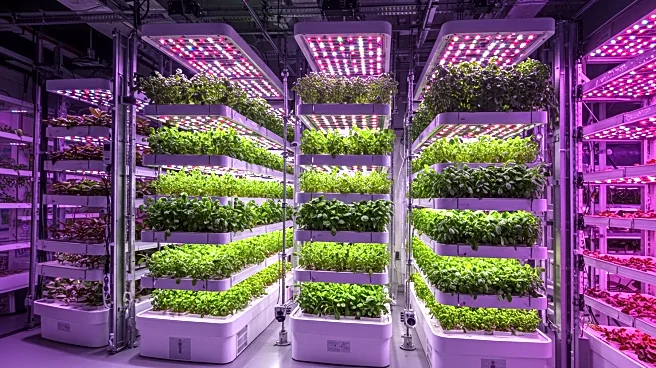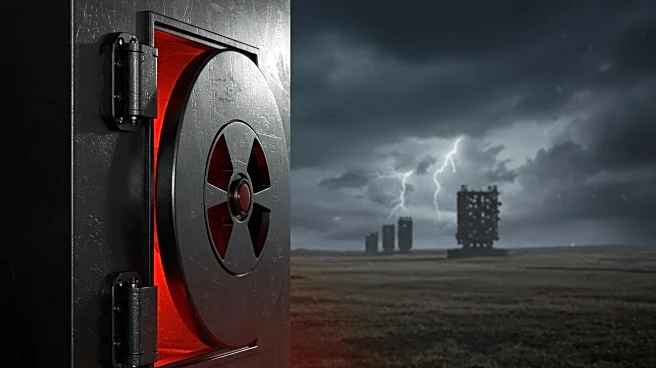What's Happening?
YouTube has officially launched its AI age verification system in the United States, aimed at automatically restricting users estimated to be under 18 years old. The system uses an 'age-estimation model' to determine a user's age based on account activity and longevity, regardless of the birthdate entered. If the AI estimates a user is under 18, restrictions such as non-personalized ads and blocked access to age-restricted content are applied. Users can verify their age using a government ID, selfie, or credit card if they believe the estimation is incorrect. The rollout targets a small group of users initially, with YouTube monitoring the user experience and collaborating with creators to ensure the ecosystem benefits from the update.
Why It's Important?
The introduction of AI age verification by YouTube is a significant step in enhancing user safety and privacy, particularly for minors. By automatically restricting access to inappropriate content, YouTube aims to create a safer online environment for younger users. This move reflects a broader trend among tech companies to leverage AI for user protection, potentially influencing other platforms to adopt similar measures. However, the requirement for users to provide sensitive information for age verification raises privacy and data security concerns, as it may expose them to risks such as data leaks and identity theft.
Beyond the Headlines
The implementation of AI age verification could have long-term implications for digital privacy and security standards. As tech companies increasingly rely on AI for user protection, the balance between safety and privacy becomes crucial. The system's effectiveness and user acceptance will likely influence future developments in AI-driven safety measures across the industry.












